After “exhausting all avenues” to avoid going under, Notre Dame College closes
University Business
MARCH 4, 2024
Administrators from Notre Dame College in Ohio have announced that the century-old Roman Catholic school in Ohio will be closing its doors at the end of the semester. The college has already coordinated Teach-Out agreements with several neighboring colleges and universities to ensure the closure does not hurt its students.










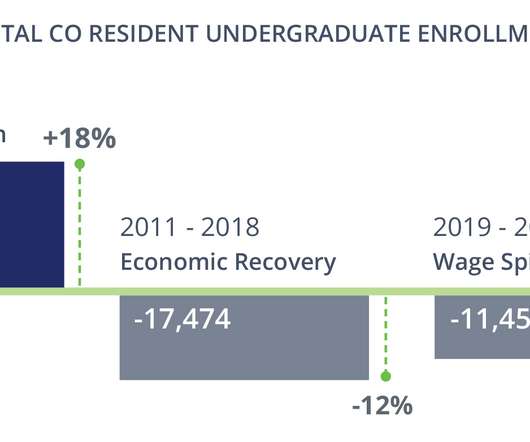

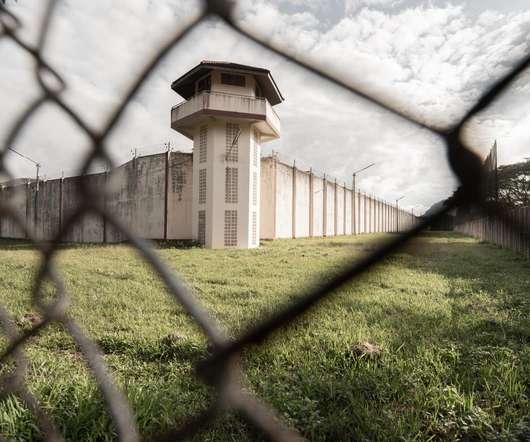


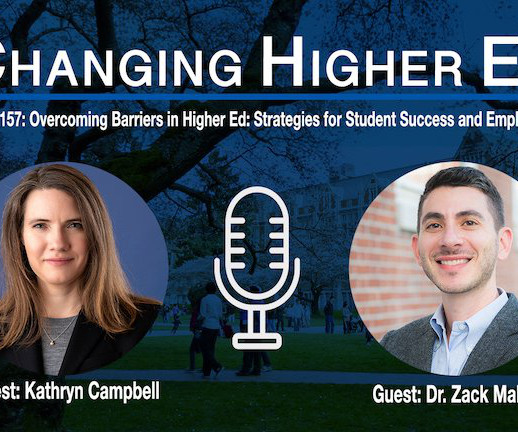
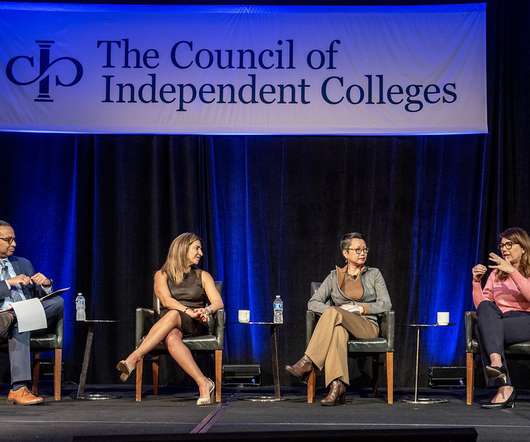


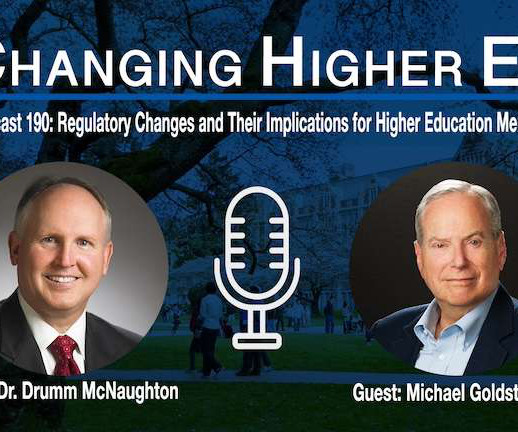






Let's personalize your content